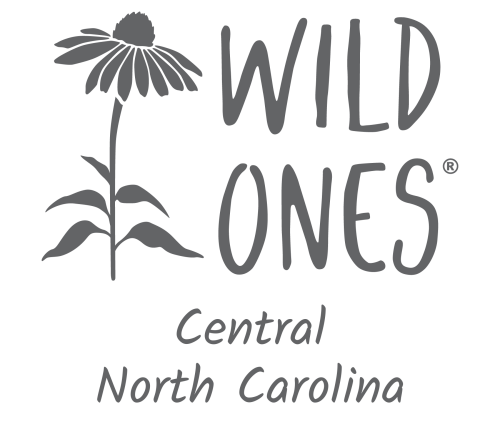Siham Muntasser
Fred Bahnson in his book, Soil and Sacrament, emphasizes the need to protect our native ecosystems: our mountains, our water supplies, our natural resources, our flora and fauna. He talks about permaculture, i.e., the development of agricultural ecosystems intended to be sustainable and self-sufficient, as a critical element for the health of our planet. This concept is emphasized by Vandana Shiva in her book, Who Really Feeds the World. She discusses that to achieve genuine sustainability, the knowledge of the interconnectedness among species is critical.
Food insecurity impacts many parts of the world, including our own. Hunger is a problem for many. The United Nations’ efforts to combat hunger and promote food security emphasize the importance of sustainability and biodiversity. Our native flora and fauna clearly play a critical role in the food web of our agricultural ecosystems, the web of life, and should be fiercely protected.
Planting native plants is important for many reasons. They are easier to grow, use less water, and are less susceptible to diseases and infestations. They are generally more adaptive to local ecology requiring fewer pesticides and fertilizers. Native plants help offset climate change by storing more carbon dioxide than non-native species. Native plans provide critical food and shelter for birds, butterflies, and other animal species. Birds, bees, butterflies, and insects pollinate plants by carrying pollen or helping to disperse their seeds. You can turn your yard into an instant mini sanctuary by planting a single goldenrod. A single goldenrod can support 147 different species of butterfly. Our pollinators are critical part of our agricultural ecosystems. Plants, in general, are the foundation of the ecosystem.
The fascinating interconnectedness of ecosystems is illustrated by many interwoven and interdependent species. Usnea, a type of lichen ubiquitous to many parts of the world, including North Carolina, is an organism with powerful healing properties. It is a combination of a fungus and an algae living together synergistically on a host tree. Trees and fungi have a long evolutionary history.
Revered Zen Master, Thich Nhat Hanh talks about dependent origination and inter-being, a term he coined, meaning that nothing comes into being on its own. We and everything around us are interconnected and interdependent. Lewis Thomas discusses how our human bodies are “rented, shared and occupied by countless other tiny organisms” on which we depend for many important biological functions. Thich Nhat Hahn emphasizes how our body is a community, and the trillion non-human cells in our body are even more numerous than the human cells. There are no solitary beings. The whole planet is one giant, living, breathing cell with all working parts linked in symbiosis. We and Mother Earth are one. Our inner peace and peace on earth are connected.
Cultural shifts have characterized human evolution since the beginning of time. Thich Nhat Hahn encourages us to spark a collective awakening for the evolution of the human species from Homo sapiens to Homo conscious, where knowledge, compassion, mindfulness, and enlightenment fully reach collective consciousness. This is perhaps where the awareness of the difference between intent, action, and impact is finally clear.


